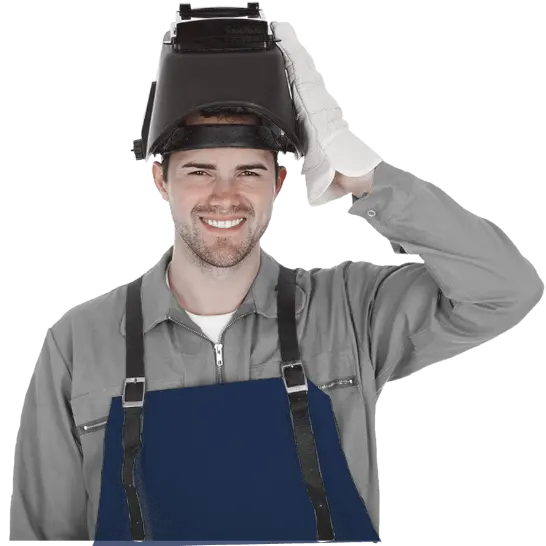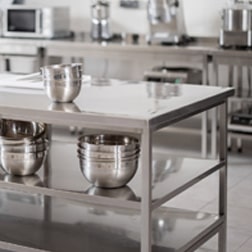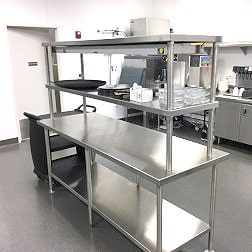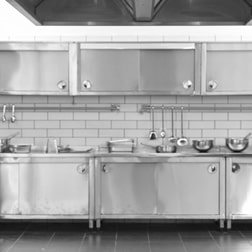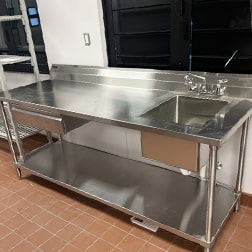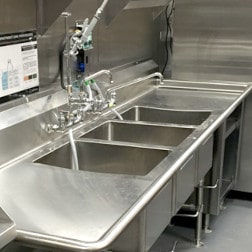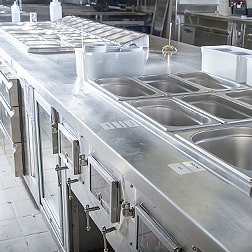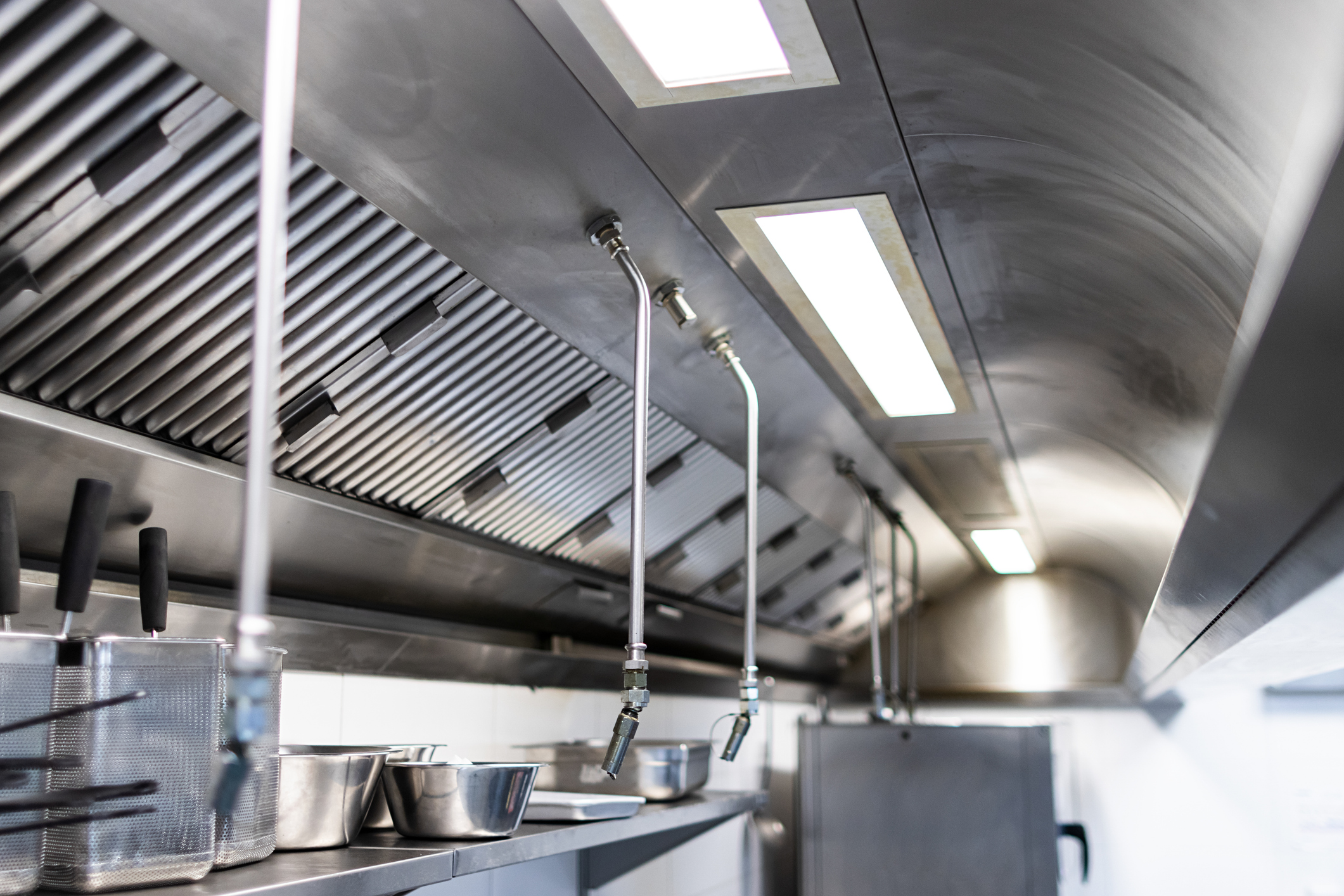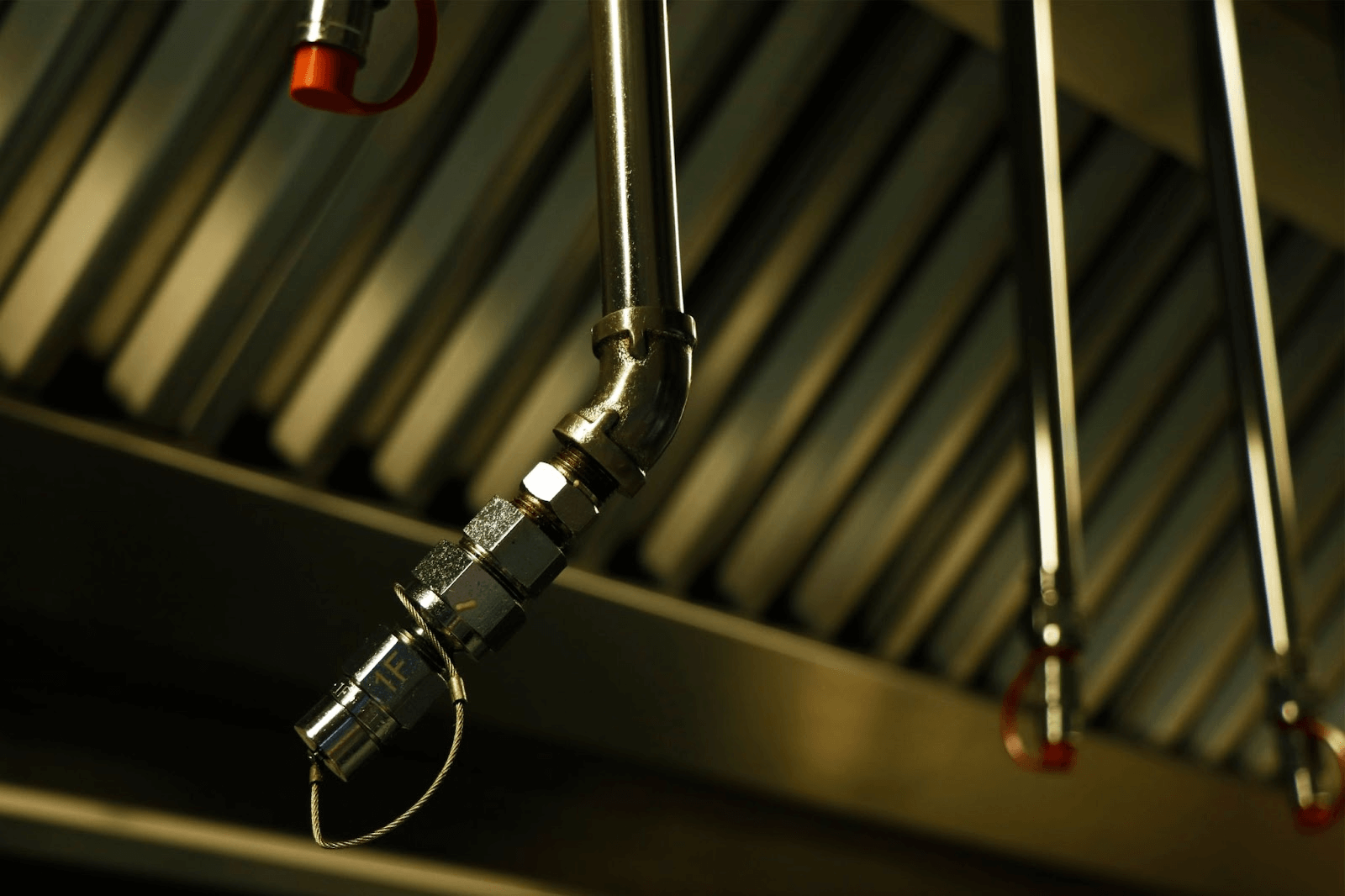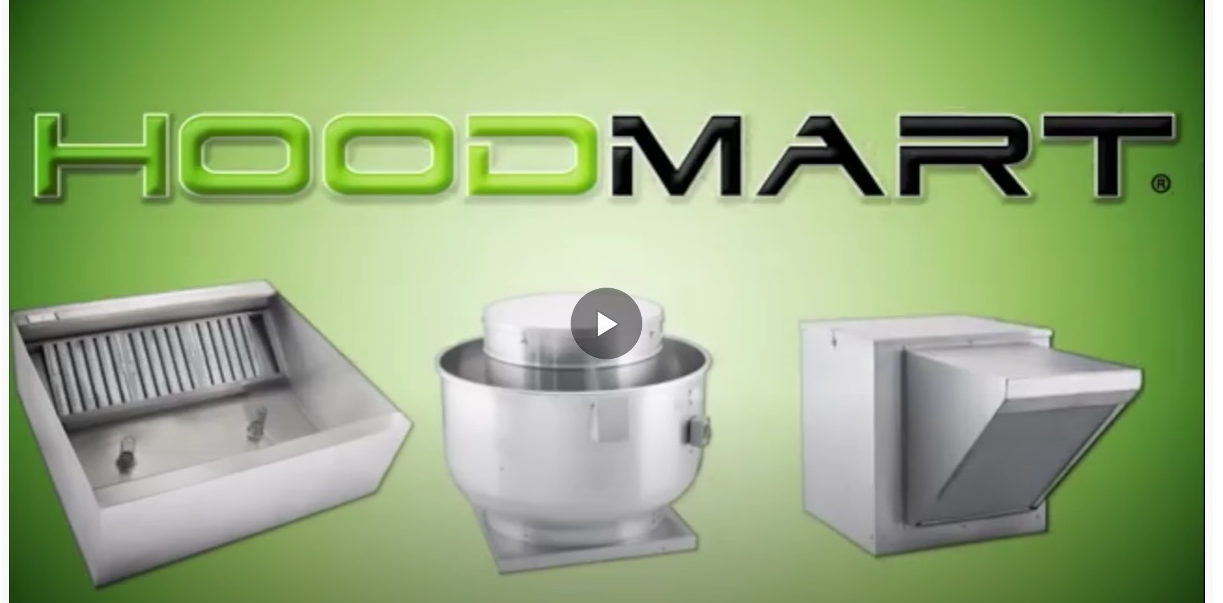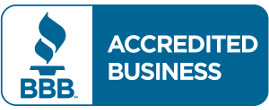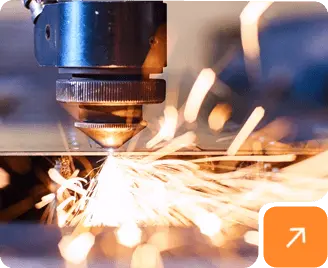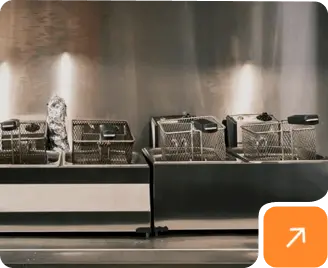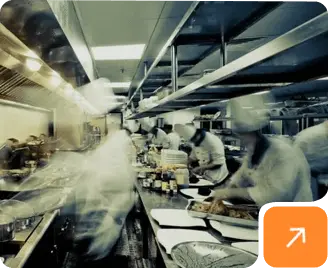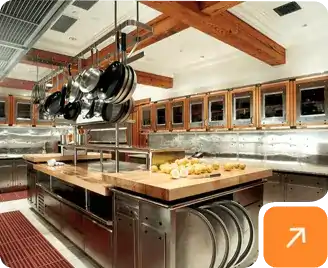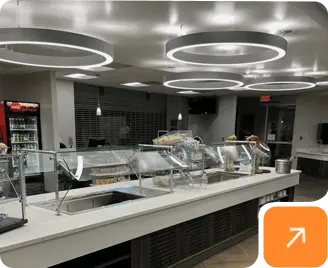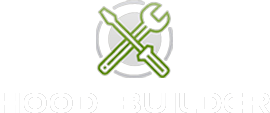Hood Placement and Clearance to Combustibles - What it Means & Why it Matters
- April 23, 2024

Understanding Hood Placement: HoodMart Explains Safety & Clearance
When setting up a commercial kitchen, one of the critical considerations is the placement of your ventilation hood and its clearance to combustible materials. This aspect is often overlooked but holds significant importance for the safety and compliance of your kitchen space. In this article, we'll delve into what hood placement and clearance to combustibles entail, why they matter, and how you can ensure your kitchen operates worry-free while meeting code requirements.
The Importance of Proper Hood Placement
The placement of your ventilation hood determines its effectiveness in capturing and removing heat, grease-laden particles, and other contaminants produced during cooking. The right position ensures optimal airflow and exhaust performance, maintaining a clean and safe kitchen environment.
Improper hood placement can lead to inadequate smoke and grease capture, resulting in poor air quality, increased fire risk, and potential non-compliance with building codes and regulations. Additionally, incorrect placement may interfere with the functionality of cooking equipment and compromise the efficiency of kitchen operations.
To determine the optimal placement of your ventilation hood, consider your kitchen layout, the type of cooking equipment used, and the location of exhaust ducts. The hood must be positioned to adequately cover all cooking surfaces while minimizing airflow disruptions caused by obstacles or nearby equipment.
Understanding Clearance to Combustibles
Clearance to combustibles refers to the minimum distance required between the ventilation hood and any materials that are susceptible to ignition, such as cabinets, walls, or ceilings. These clearance requirements are established to reduce the risk of fire hazards and ensure the safe operation of your kitchen equipment.
Building codes and regulations specify the minimum clearance distances based on the hood type, the cooking equipment used, and the materials surrounding the hood. Failure to adhere to these clearance requirements can result in serious safety hazards, code violations, and potential legal liabilities.
When determining clearance to combustibles for your ventilation hood, consider factors such as the material composition of surrounding surfaces, the heat output of cooking equipment, and the potential for grease accumulation. Adequate clearance is essential to prevent heat transfer and minimize the risk of fire.
Ensuring Compliance and Safety
When designing and installing your kitchen ventilation system, it's essential to consult with experienced professionals to ensure compliance with code requirements and maintain a safe working environment. They can assess your kitchen layout, equipment, and surrounding materials to determine the appropriate placement and clearance for your ventilation hood.
Additionally, regular inspections and maintenance of your ventilation system are crucial to identify and address any issues that may arise over time. Clearing obstructions, cleaning filters, and verifying proper airflow are essential steps in maintaining the effectiveness and safety of your kitchen hood.
Conclusion
Proper hood placement and clearance to combustibles are critical aspects of commercial kitchen design and safety. Understanding these principles and adhering to code requirements can help you create an efficient, functional, and safe kitchen environment for your staff and customers.
At HoodMart, we specialize in providing high-quality ventilation solutions tailored to the unique needs of commercial kitchens. Contact us today to learn more about our products and services and ensure your kitchen operates worry-free while meeting code compliance standards.








 CUSTOM FABRICATOR
CUSTOM FABRICATOR